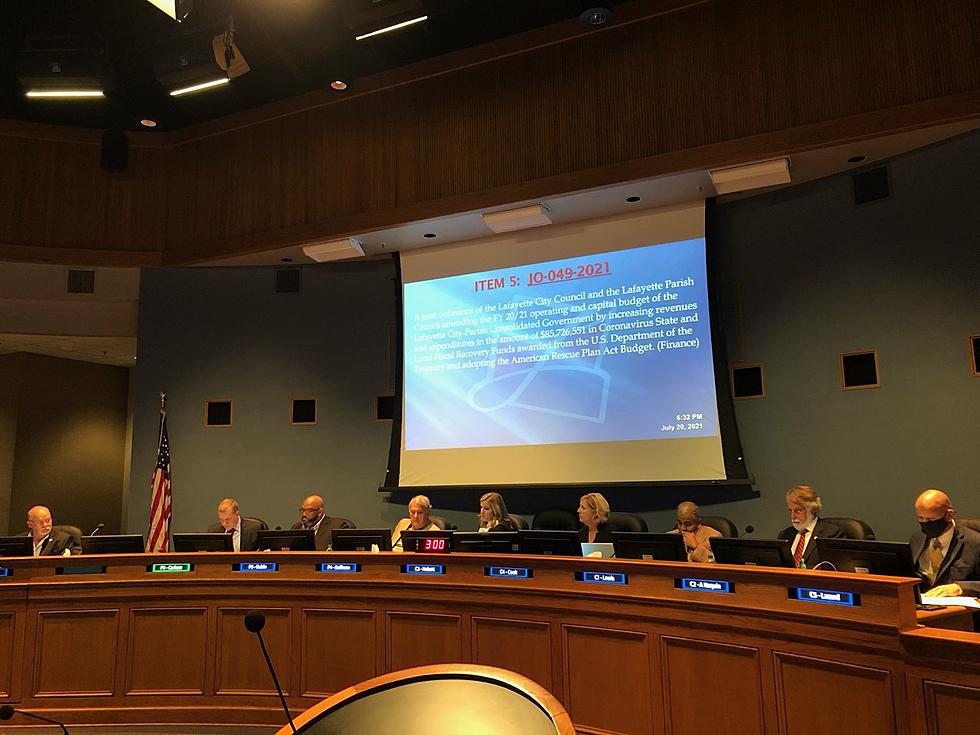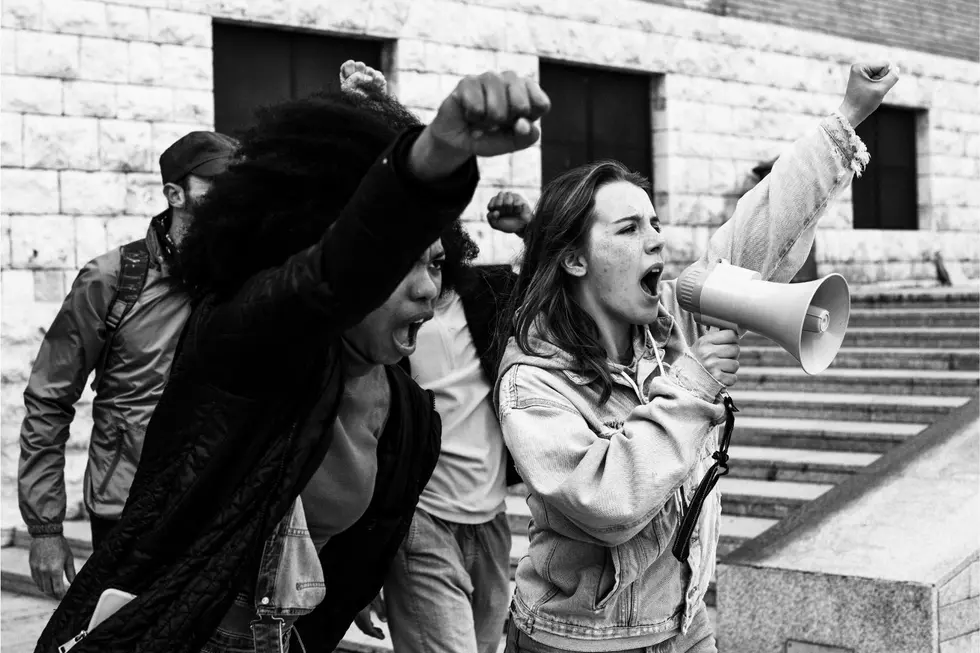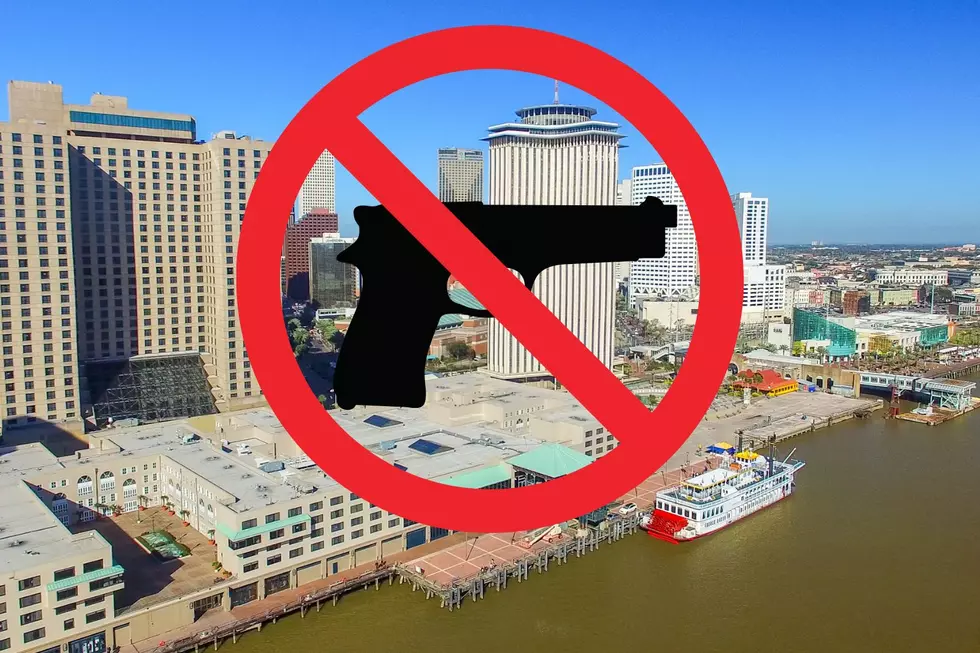
COMMENTARY: Lafayette City, Parish Councils Need To Be Expanded
On Tuesday, the Lafayette City Council and the Lafayette Parish Council will begin the decennial process of redrawing district boundaries. It marks the first time since the deconsolidation of the two councils in 2020 that new district lines will be considered.
Each council will consider four maps--their current district map and three alternate plans submitted by a demographer. The four proposed Lafayette City Council maps vary only slightly from each other. The Lafayette Parish Council maps have more noticeable changes. The three alternate plans for the Lafayette Parish Council districts each expand District 5 farther to the north and west and stretch District 4 farther to the south.
One plan the two councils should consider is not on Tuesday night's agenda. In fact, it's a plan that would require voter approval to happen. The Lafayette city and parish councils should consider a charter amendment to increase the number of council district and council members.
You may be asking yourself: Wouldn't this expand government? The answer is: No. In fact, expanding the city and the parish councils would allow the city-parish government and our local elected leaders more responsive to the needs of the people. It's a situation similar to student-teacher ratio. If a council member can attend to a smaller constituency, he or she has a better chance to address the needs of that constituency, allowing the local government to run more efficiently.
Right now, both the Lafayette councils are comprised of only five representatives. That's the statutory minimum for city and parish governments in Louisiana. While five council members for each body may be legal, it's shortchanging the residents of the city and of the parish. According to the 2020 census, the city of Lafayette's population is a little more than 121,374. That means each city council member represents 24,274 residents. Meanwhile, the parish's population, according to the 2020 census, is 241,753. That's one council member for every 48,350 people.
Let's compare that to the historic makeup of the two councils. When Lafayette returned to a mayor-council form of government in 1972, the council was composed of five people. At that time, the city's population from around 70,000--one council member for every 14,000 residents. Prior to consolidation in 1996, the ratio had grown to one council member for every 19,000 residents.
The constitution of Lafayette Parish's governing body has never been as small as it is now. Prior to the enactment of the 1982 home rule charter, the Lafayette Parish Police Jury consisted of 15 elected representatives, each of whom represented approximately 10,000 people during the police jury's final term from 1980 to 1984. From 1984 to 1996, the Lafayette Parish Council consisted of seven elected officials, each of whom represented approximately approximately 25,000 people when consolidation took effect. The consolidated city-parish council had the same approximate resident-to-councilmember ratio in its final term.
So how do we return the constituent-council member ratio to what they were prior to consolidation?
The Lafayette City Council would need to expand to seven districts. A seven-member council would have a resident-council member ratio of 17,339-to-1. That would put the city council on par with its resident-council member ratio during the pre-consolidation years.
The Lafayette Parish Council would have to expand to at least nine council members to reach the constituent ratio it had during consolidation. Each member of a nine-person parish council would represent around 27,000 people. A nine-member council would also save the parish money during the redistricting process. By having nine councilmember and nine districts, the parish council could resume its practice of partnering with the Lafayette Parish School Board to have a single parish district map drawn, sharing the costs of those maps with the school district. This would assist voters, as their school board and council districts would be one in the same.
The councils still have time to put a charter amendment to expand the councils on the ballot before next fall's elections. Here's hoping they take action to help their residents while easing their own burdens.
Seven Forgotten Facts About Lafayette
Lafayette: 1981 vs. 2021
The Seven Modern Wonders of Acadiana
More From News Talk 96.5 KPEL









